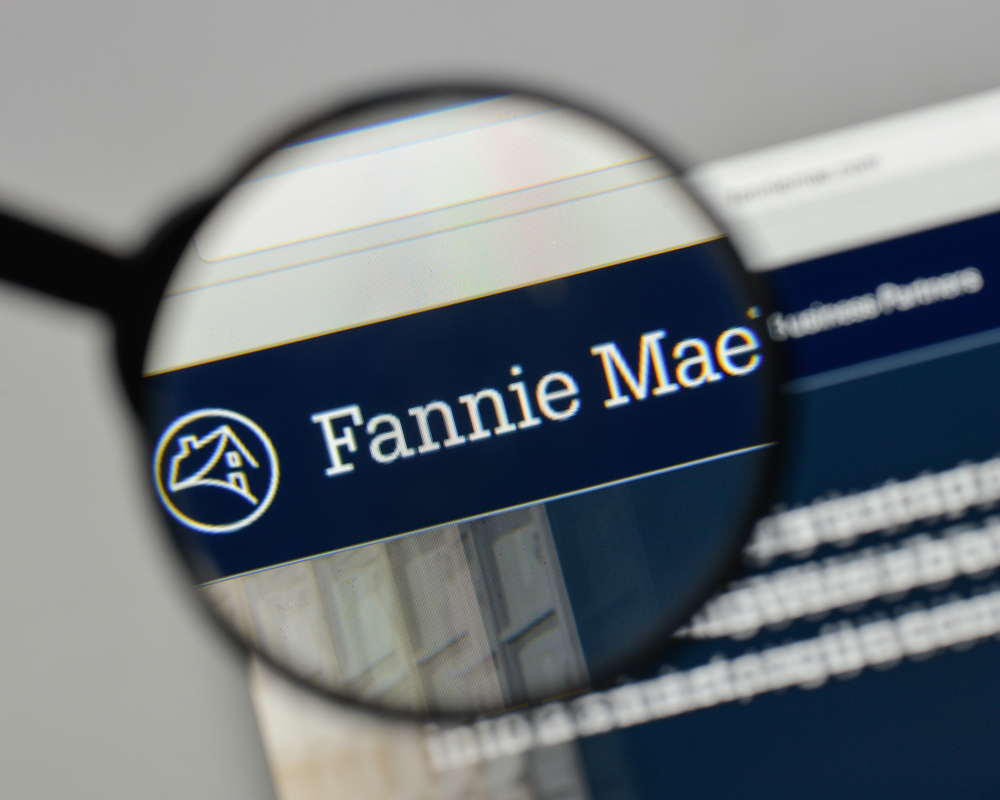BLOG
The firm’s latest Miami Herald column was authored by partner L. Chere Trigg and appears in today’s edition of the newspaper. The article, which is titled “Real Estate Counselor: Fannie Mae’s List of Excluded Condos Demands Changes, Disclosure,” focuses on how many condominium associations in Florida and across the country have been surprised to learn in recent months that their buildings have been blacklisted by the government-sponsored Fannie Mae mortgage buyer and backer. Ironically, the so-called “unavailable list” of properties that do not qualify for Fannie Mae is unavailable for public inspection, which has been leaving owners, buyers, sellers, associations, mortgage brokers and others at a disadvantage because no prior notice is provided to communities. Chere’s article reads:
. . . The list from the mortgage industry giant stems from reforms that were implemented in response to the horrific tragedy of the partial collapse of Champlain Towers South in Surfside. In the aftermath of the collapse, Fannie Mae and Freddie Mac created new eligibility standards for condominium associations that require condominiums to complete detailed questionnaires to provide information involving deferred maintenance and unsafe conditions, special assessments, reserves, engineering/inspection reports, and other documentation including meeting minutes.
Associations that do not meet the new eligibility requirements are placed on Fannie Mae’s undisclosed list of “unavailable” properties with environmental hazards, title issues, structural problems, or other issues that would affect the safety, soundness or marketability of the property. Mortgages for residences in those communities become ineligible for acquisition by Fannie Mae, which is one the largest buyers of residential loans in the secondary market.
As I indicated, Fannie Mae’s exclusionary list of condominiums is also unavailable to associations and the public. Recent news reports say it list includes more than 1,400 associations from across the country, with thousands more expected to be added in 2023. For those communities, prospective buyers will have limited financing options, as many lenders rely on Fannie Mae’s eligibility requirements for their own loan underwriting and approval standards.
The limited availability of affordable financing options can make it difficult for communities to attract new buyers or keep their existing owners, which could result in a decline in property values. New buyers as well as those who wish to refinance their existing mortgages become unable to secure the most competitive rates and terms, requiring larger down payments and alternative mortgage options.
Additionally, the condominium communities on the list may be unable to secure the best possible financing for their own necessary repairs and improvements, making such projects much more expensive for their unit owners.
Given that the stated purpose of the list is to incentivize condominium associations to maintain and bolster their buildings against the potential for any structural issues, such repercussions act against the program’s goal. So too does the inability for association boards as well as potential buyers/sellers to access and check the list to determine whether their building has been deemed ineligible.
For associations as well as buyers/sellers, only Fannie Mae’s lender partners are able to obtain the list and inform them of their status. It is difficult to understand why that would be the policy, as full transparency would make the list a more effective motivator.
Under the Federal Housing Finance Agency’s conservatorship, Fannie Mae and Freddie Mac are now preparing to release permanent guidelines for condominium eligibility, and many in the association industry fear they will be even more stringent and result in greater numbers of ineligible properties. The Community Associations Institute, which is the leading organization representing the interests of associations, is urging the mortgage giants to provide a 90-day public comment period for the new guidelines, and to narrow the application requirements using an evidence-based practice that could include geographic location, age and height of the building, and type of construction. It is also advocating for Fannie Mae to make its unavailable list available to the public.
Indeed, keeping associations and property owners in the dark makes no sense, as it forces them to learn about their status informally through prospective buyers, sellers and lenders. Making the list public would also enable associations to identify and correct any potential inaccuracies and incomplete information that may have wrongly led to their landing on the list. . .
Chere concludes her article by noting that the firm supports CAI’s advocacy initiatives concerning Fannie Mae and Freddie Mac’s permanent guidelines, and the public disclosure of the list of ineligible projects. She notes that the organization maintains an online action center and uses VoterVoice to help individuals connect with legislators and regulators, and we encourage everyone to visit www.votervoice.net/CAI/home to learn more and voice their support.
Our firm salutes Chere for sharing her insights into this important issue for condominium associations and owners with the readers of the Miami Herald. Click here to read the complete article in the newspaper’s website.

